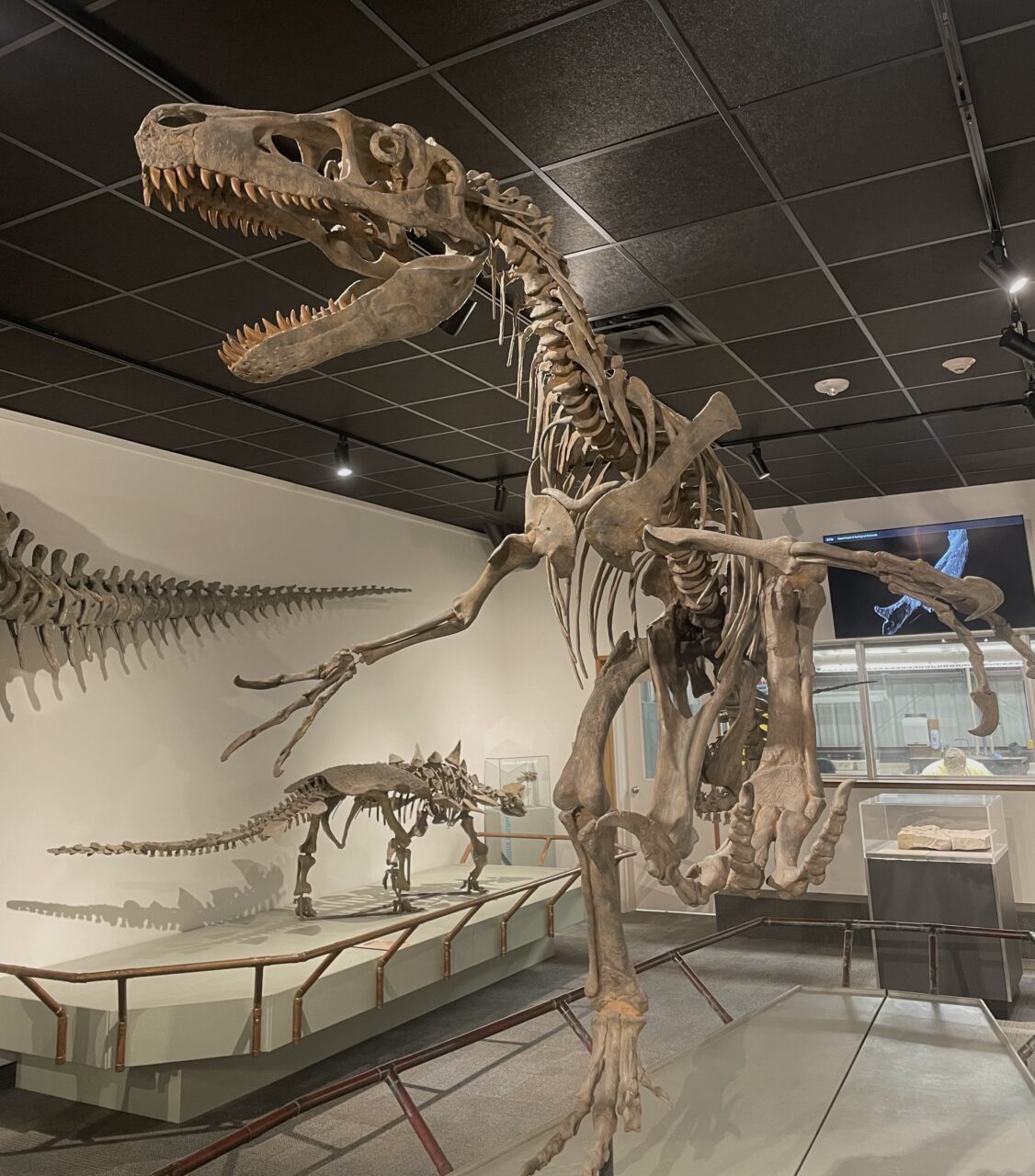
Wednesday, Oct. 11 is National Fossil Day. Utah’s unique geological formations and role in paleontological research brings special significance to this nationwide observance.
Paleontology is the study of Earth’s history through fossils.
By studying the remains of plants, animals, fungi, bacteria and single-cell organisms, scientists can understand earth’s history and make predictions for its future, according to the National Parks Foundation.
“Any ancient life that’s been preserved, that’s called a fossil… Fossils are the genealogy of life on this planet,” said BYU associate professor and department chair of geological sciences Brooks Britt.
Freshman and geology student Jacob Frewin said that by learning about the Earth’s history, we can understand why the Earth is the way it is today.

“I think paleontology is extremely important. It’s one of the greatest ways we can look back in time and see what the earth was like millions and millions of years ago … It’s so fascinating that our world millions of years ago was so different,” said Frewin.
Utah’s geological diversity makes it great for finding fossils, according to third-year geology master student Collin Boisvert.
Millions of years ago, Utah had bowl-like basins which collected sediment. Plants and animals died and were buried in these sediments, thus preserving the fossils.
Uplift from the Wasatch mountains and erosion have exposed rocks of different ages across the state, creating amazing stratigraphy and exposing the fossils, Boisvert said.
“Utah has one of the most complete stratigraphic records of any state in the US… We know allosaurus, tyrannosaurus, we have apatosaurus, stegosaurus, a lot of these classic dinosaurs most people know have been found right here in Utah,” Boisvert said.
Fluctuating water levels around Lake Powell have led to “one of the more important fossil discoveries in the United States this year,” according to a recent National Parks Service announcement.
Extremely rare tritylodontid bonebed teeth and bones were found by the Glen Canyon NRA Field Crew. This discovery revealed valuable fossil history of the Early Jurassic Period, according to the announcement.
Paleontologists rely on geologic maps, which reveal the right environment and type of sediment, to know where to go digging for fossils, Britt said.

BYU’s Geology program ranks in the top 50 Geology Schools in the U.S., according to 2022 rankings.
BYU’s Museum of Paleontology holds one of the largest dinosaur collections in the world. More information and museum hours can be found on the BYU Geology page.




